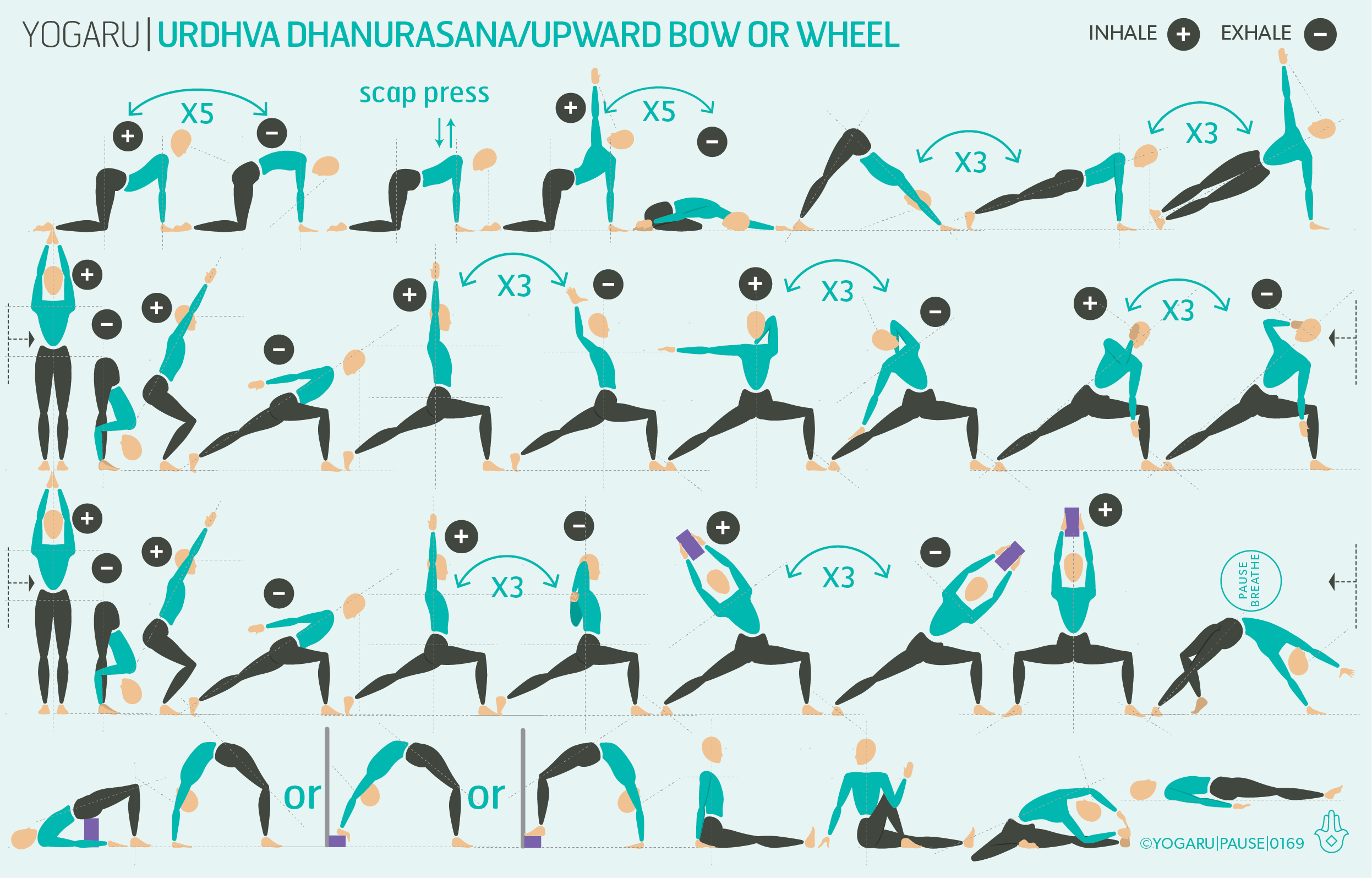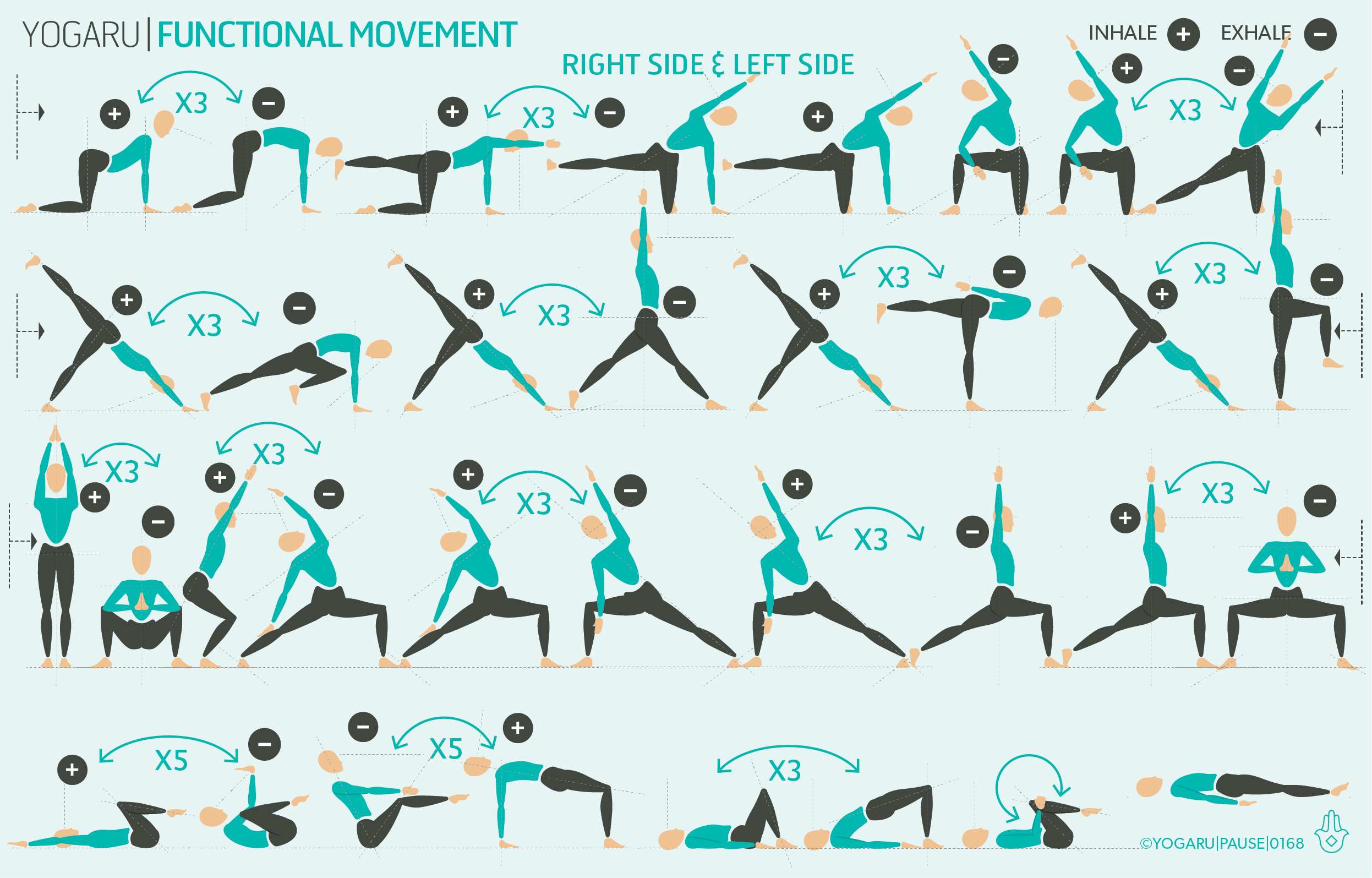RUNNERS BREATH
In my previous runners article, The ultimate runners flow, I discussed what a runner needs physically in terms of strength and stability. In this article I will look at how the breath affects your ability to exercise and how yoga train your lungs to optimise your breath as you run. A good runner's breath includes belly breathing, or diaphragmatic breathing, and rhythmical breathing. Breathing consciously is one of the most important elements of yoga, and breathing exercises like belly breathing and rhythmic breathing are very much part of the yoga practice too. The breath builds strong lungs that feed all the cells of your body with fuel as you inhale – oxygen, and clean up the byproduct as you exhale – carbon dioxide. Running increases your requirement for oxygen intake and carbon dioxide output. Breathing deeply into your belly, which is where you let your belly expand with your breath, gives you a much higher respiratory volume than chest breathing and increases this intake and output. Your ability to breathe rhythmically as you run helps you control your oxygen intake and carbon dioxide output. It also helps you establish a meditative flow as you run which is more relaxing for the body and helps prevent muscle spasms and injuries.
THE RESPIRATORY & CIRCULATORY SYSTEM
The respiratory system is responsible for bringing oxygen to all the cells of the body, including the muscles where it facilitates physical movement. The breath is part of the autonomic nervous system, which means it works automatically. What makes the breath unique is that we can also control it to a certain extent. We can extend, shorten and hold the breath depending on our desired outcomes. When we inhale our heart rate increases, the cells receive oxygen, and we feel energised. When we exhale the heart rate decreases, the cells release carbon dioxide, and we are more focused. Both these qualities are essential for staying the course in a run.
The circulatory system, or the cardiovascular system, pumps blood around the body with the heart through a network of blood vessels. The blood carries oxygen, nutrients, and hormones to all the cells of the body, and removes waste products created in the metabolic functions. Think of the circulatory system as housekeeping. When the body is well serviced it is able to work more efficiently. The circulatory system distributes the oxygen to the muscles as we run and clears out the carbon dioxide.
EXPLORING RUNNERS BREATH FLOW IN YOUR PRACTICE
This is a simple sequence built around the Sun Salutation. It will help you focus on the quality of your breath rather than focusing on a more complex flow. To start your practice lie on your back with your knees bent, feet hip distance apart, hands on your belly, and take three to five rounds of Viloma breath – inhale for a long breath, and then exhale pause, exhale pause, exhale pause – dividing your exhale into three sections. This breathing method helps you establish belly breathing. You will then do a few rounds of Sun Salutations to flow with the breath, taking an inhale or an exhale for each pose, to help you practise rhythmic breathing. The Sun Salutations are followed by a series of mini flows linking breath with movement. Final step is to consider your posture as you practise the sequence. You are looking for a strong spine and a broad chest to facilitate the expansion of the breath during your yoga practice and as you take it outdoors on your run.
ALIGNMENT CUES
There is no specific peak pose in this runner's breath flow sequence. Use the cues below to help you flow through the sequence with ease and fluidity.
Have a read of the tips below and either print out the sequence or save it onto your device:
Use the breath guide in the sequence to help you link breath with movement in the flow. Inhale is indicated with a ‘+’, exhale is a ‘-”.
Move slowly from pose to pose. Use the first few rounds of each mini flow to work out how your body wants to transition from pose to pose then focus on the breath in the movement.
For a longer practice add more rounds of Sun Salutations at the beginning and repeat lines two and three with the two standing flows.
To save the images for personal use click and hold down the image until the ‘save image’ option appears; on Mac hold down ‘control’ and click the image to get the option box; on PC right click on the image to get the option box. Scroll down in the ‘option box’ and click ‘save image’.
Ruth Delahunty Yogaru






